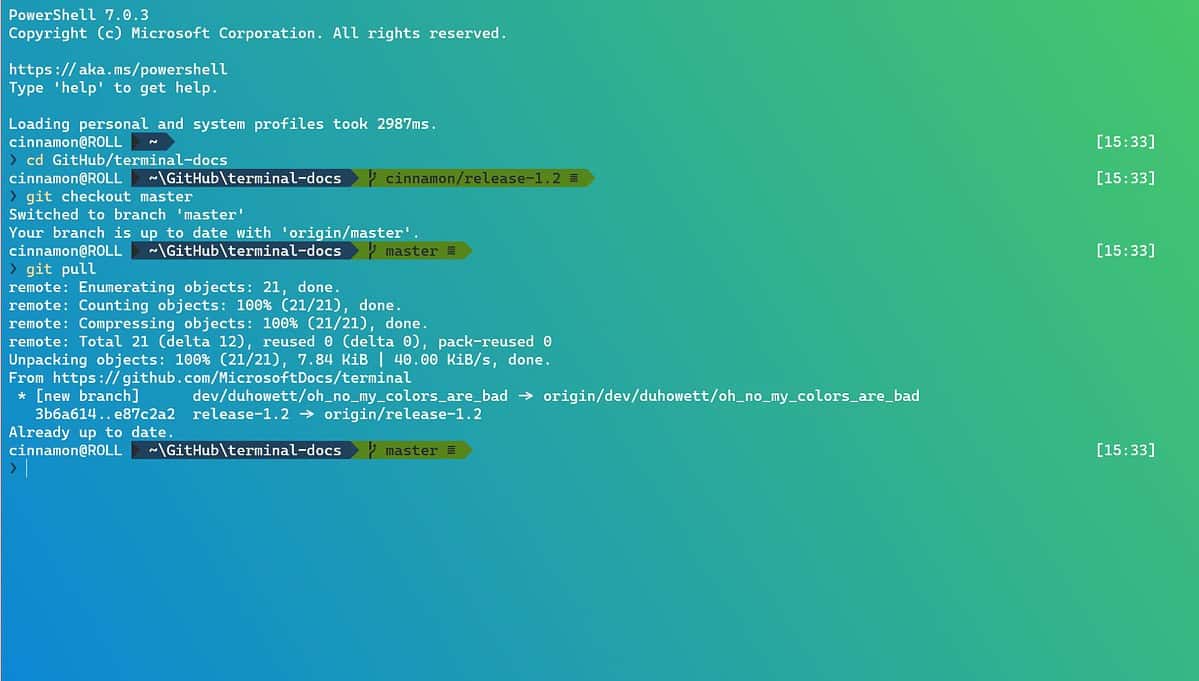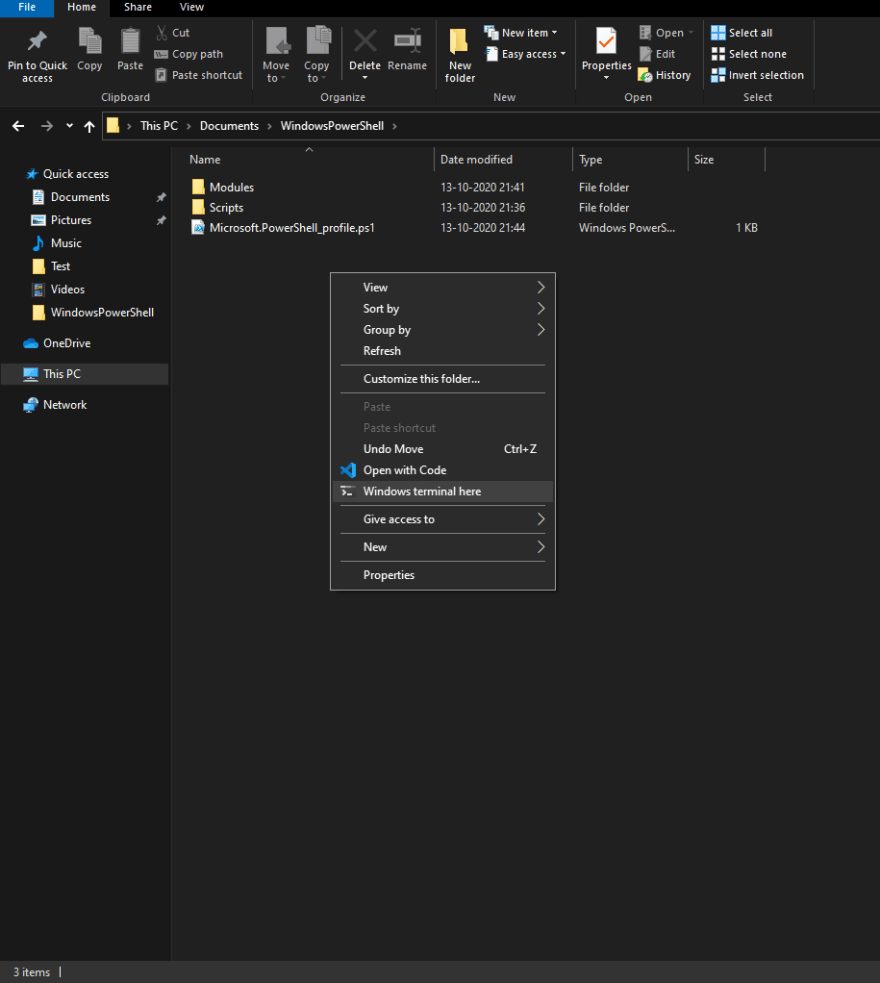
Similarly, text files can also be handled using PowerShell we can edit text files to append or remove the content from the text files. PowerShell can be used to perform different windows operations, such as creating folders, directories. Windows Command Prompt(CMD) is the default shell of Windows, but now in the recent builds of Windows 10, the default shell is replaced by PowerShell.

In the Linux-based distributions, the comparable shell is Bash and most of the Bash commands are executable in PowerShell. Moreover, as a language, it is being used to develop and deploy solutions in agile-based environments, Continuous Integration, and Continuous Deployment.

This is especially critical when editing system and configuration files. Note: Always make a copy of an existing file prior to editing with Vi or any editor. If you’ve made mistakes along the way while editing and want to back out (abandon) all non-saved changes, enter Command mode by pressing Esc and typing :q! This command quits without saving any changes and exits Vi. In Vi, write means save, and quit means exit. The other, quicker option is to use the keyboard shortcut ZZ to write and quit. Press Esc to enter Command mode, and then type :wq to write and quit the file. To save a file, you must first be in Command mode. In Vi's Command mode, almost every letter on the keyboard has a function. To return to Command mode, press the Esc key once. In Insert mode, you can enter text, use the Enter key to go to a new line, use the arrow keys to navigate text, and use vi as a free-form text editor. Command mode means you can use keyboard keys to navigate, delete, copy, paste, and do a number of other tasks-except entering text. When you first open a file with Vi, you are in Command mode. The Vi editor has two modes: Command and Insert. Cheat sheet: Old Linux commands and their modern replacements.Linux system administration skills assessment.A guide to installing applications on Linux.Download RHEL 9 at no charge through the Red Hat Developer program.


 0 kommentar(er)
0 kommentar(er)
